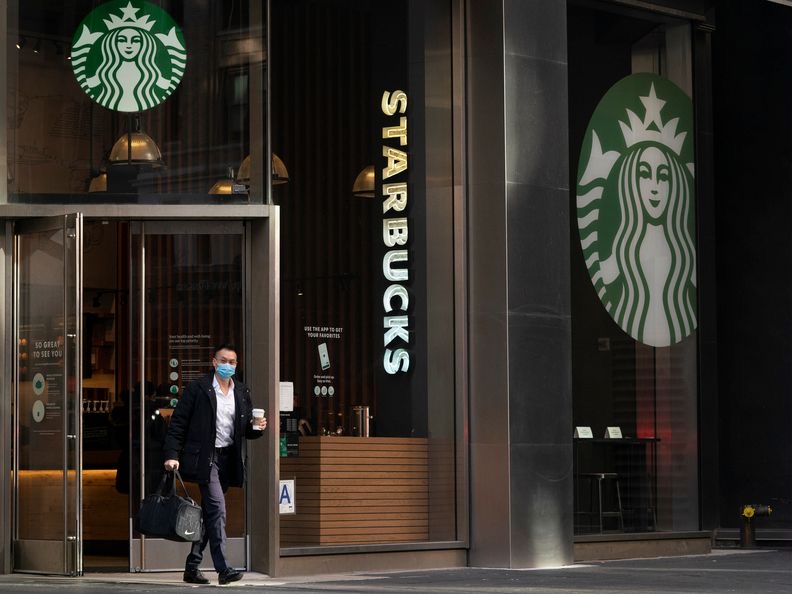Supports: Econ Chapter 12, Section 12.4, “Deciding Whether to Produce or Shut Down in the Short Run,” and Section 12.5, “‘If Everyone Can Do It, You Can’t Make Money at It’: The Entry and Exit of Firms in the Long Run”; and Essentials: Chapter 9, Section 9.4 and Section 9.5.

Solved Problem: Why Is Starbucks Closing Stores in New York City?
In May 2021, many businesses in the United States began fully reopening as local governments eased restrictions on capacity imposed to contain the spread of Covid-19. An article on crainsnewyork.com discussed the decisions Starbucks was making with respect to its stores in New York City. Starbucks intended to keep some stores open, some stores would be permanently closed, and “about 20 others that are currently in business will shutter when their leases end in the next year.” Analyze the relationship between cost and revenue for each of these three categories of Starbucks stores: 1) the stores that will remain permanently open; 2) the stores that will not reopen; and 3) the stores that will remain open only until their leases expire. In particularly, be sure to explain why Starbucks didn’t close the stores in category 3) immediately rather than waiting until the their leases expire.
Source: Cara Eisenpress, “Starbucks Closing Some City Locations as It Moves to a Smaller, Pickup Model,” crainsnewyork.com, May 19, 2021.
Solving the Problem
Step 1: Review the chapter material. This problem is about the break-even price for a firm in the short run and in the long run, so you may want to review Chapter 12, Section 12.4, “Deciding Whether to Produce or to Shut Down in the Short Run,” and Section 12.5, “‘If Everyone Can Do It, You Can’t Make Money at It’: The Entry and Exit of Firms in the Long Run.”
Step 2: Explain why stores in category 1) will remain permanently open. We know that firms will continue to operate a store if the revenue from the store is greater than or equal to all of the store’s costs—both its fixed costs and its variable costs. So, Starbucks must expect this relationship between revenue and cost to hold for the stores that it will keep permanently open.
Step 3: Explain why Starbucks will not reopen stores in category 2). Firms will close a store in the short run if the loss from operating the store is greater than the store’s fixed costs. Put another way, the firm won’t be willing to lose more than the store’s fixed costs. We can conclude that Starbucks believes that if it reopens stores in category 2) its loss from operating those stores will be greater than the stores’ fixed costs.
Step 4: Explain why Starbucks will operate some stores only until their leases expire and then will shut them down. If a firm’s revenue from operating a store is greater than the store’s variable costs, the firm will operate the store even though it is incurring an economic loss. If it closed the store, it would still have to pay the fixed costs of the store, the most important of which in this case is the rent it has to pay the owner of the building the store is in. By operating the store, Starbucks will incur a smaller loss than by immediately closing the store. But recall that there are no fixed costs in the long run. The stores’ leases will eventually expire, eliminating that fixed cost. So, in the long run, a firm will close a store that is incurring a loss. Because Starbucks doesn’t believe that in the long run it can cover all the costs of operating stores in category 3, it intends to operate them until their leases expire and then shut them down.
